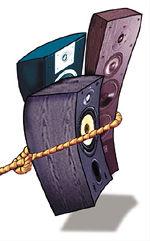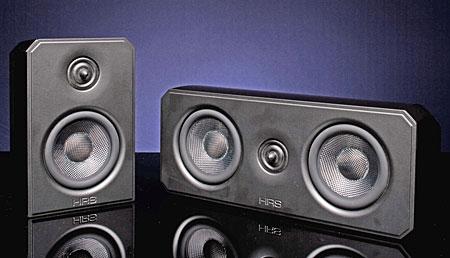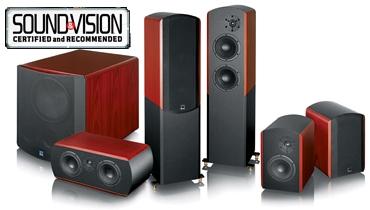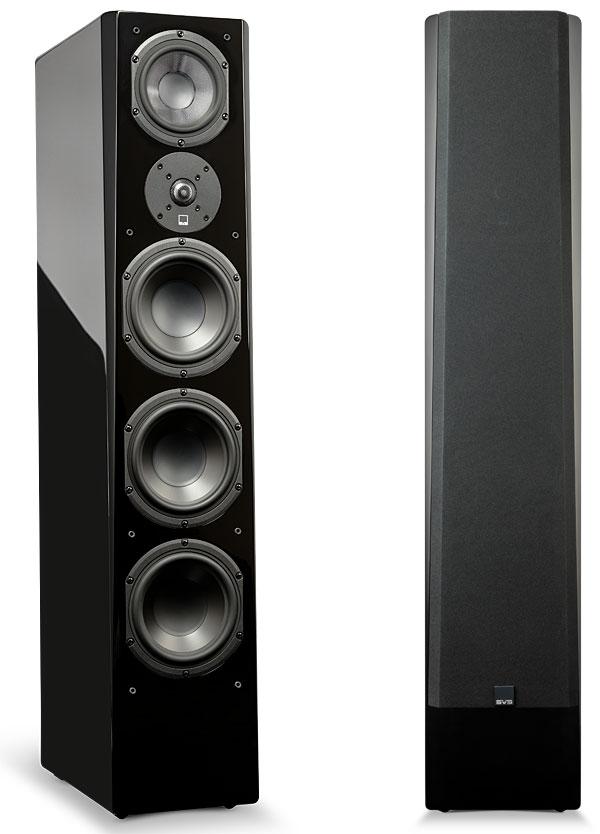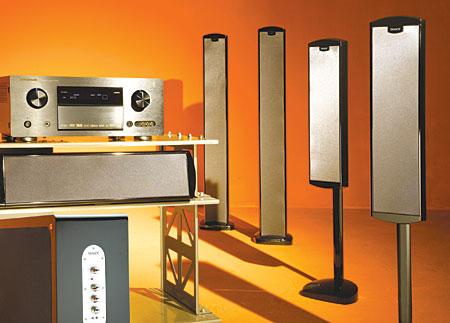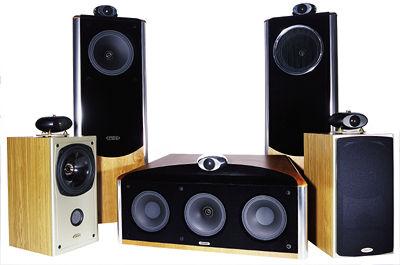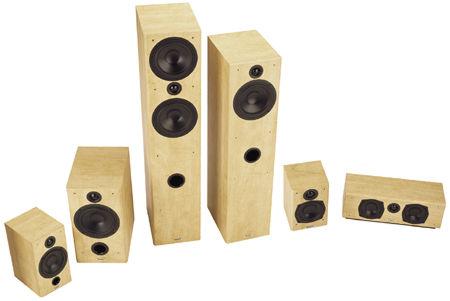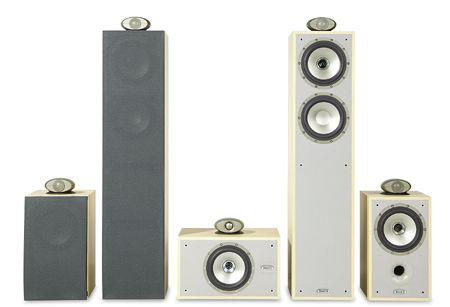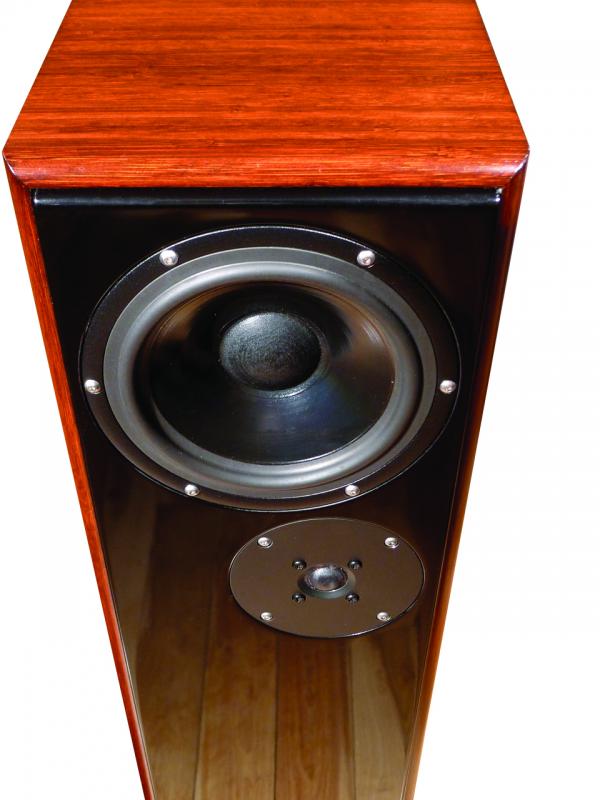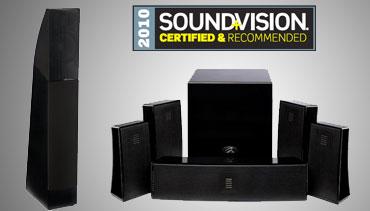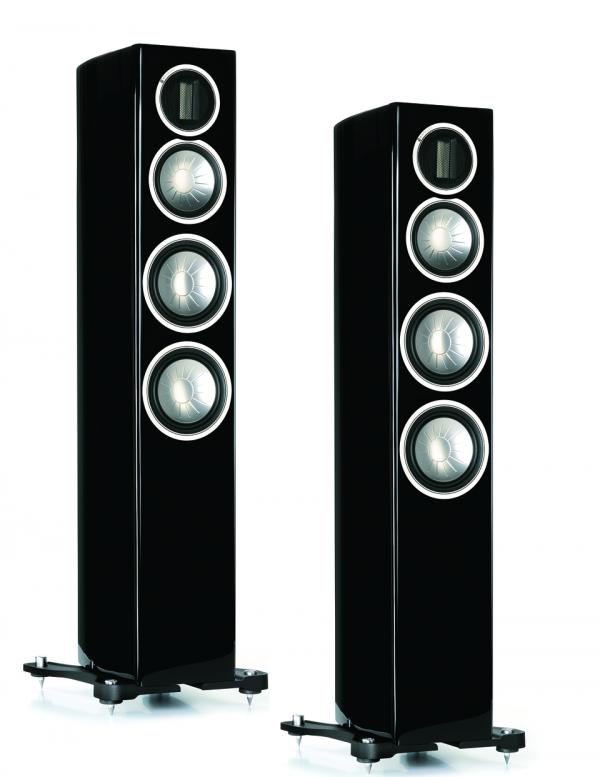Tower Speaker Reviews
Sort By: Post DateTitle Publish Date
|
May 26, 2000 |
First Published: May 27, 2000
|
Aug 12, 2008 |
First Published: Aug 13, 2008
|
Jul 10, 2024
|
Aug 19, 2004 |
First Published: Aug 01, 2004
|
Jun 04, 2007 |
First Published: May 04, 2007
|
Dec 15, 2004
|
Sep 18, 2012
|
Mar 20, 2012
|
Sep 17, 2010
